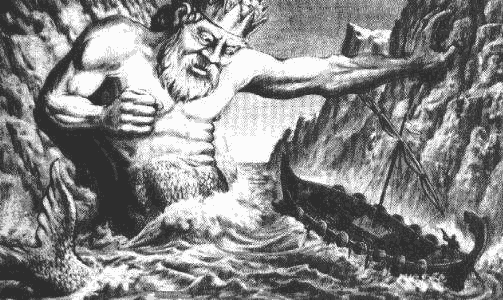
- chapter 4 index -
pg. 1 - In the Wake of Poseidon | pg. 2 - The Devil's Triangle| pg. 3 - Garden of Worm
pg. 4 - World on the Scales
>
- page index -
Merday Morn | The Tritone | The Community | Hand of Sceiron
site index
Translate from
The Devil's Triangle























 Arachnophilia
Arachnophilia